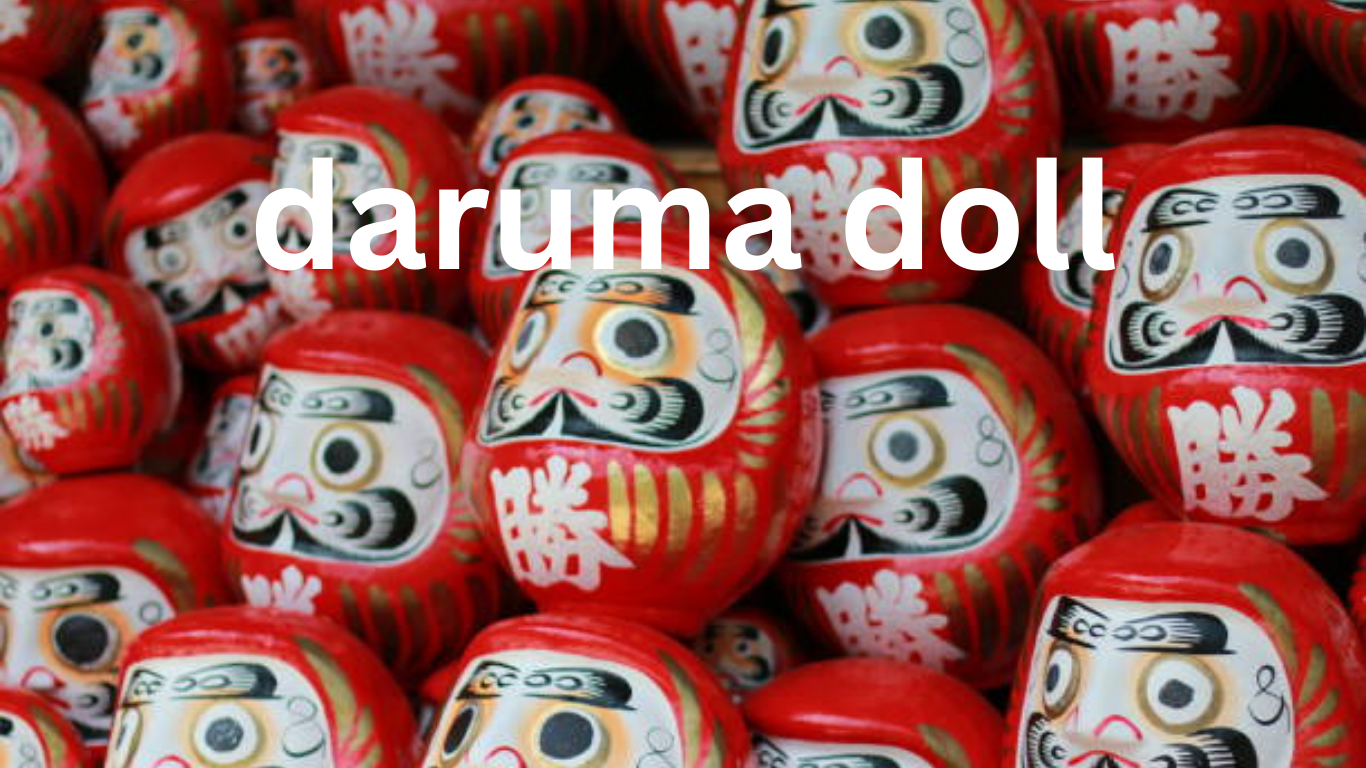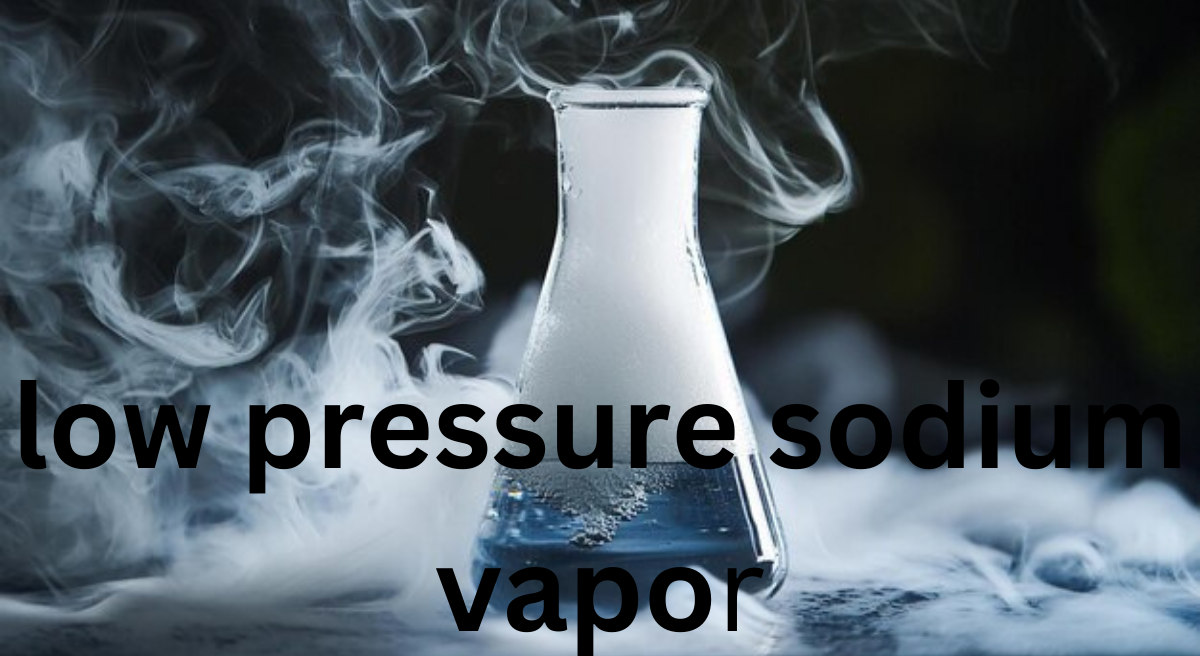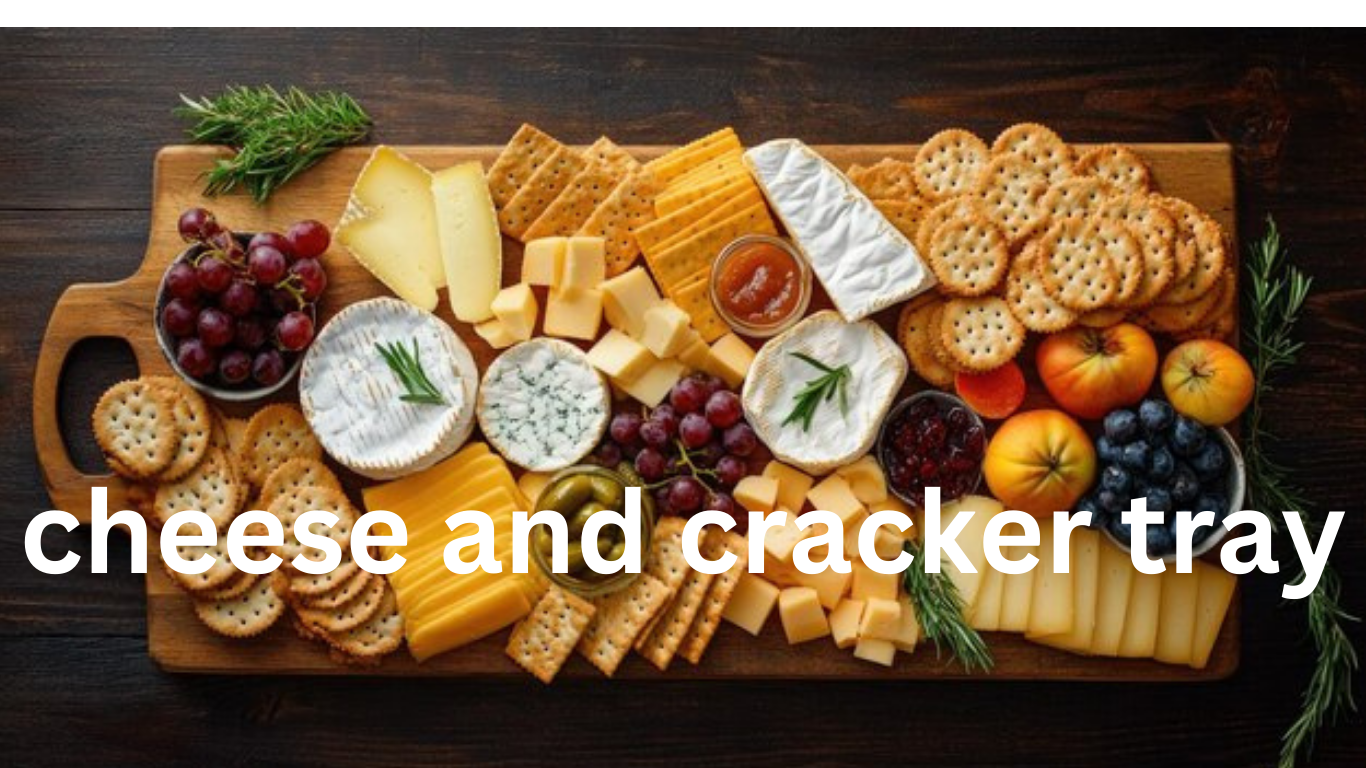LAW
The Daruma Doll: A Symbol of Perseverance and Good Luck

Introduction
The Daruma doll is a traditional Japanese talisman steeped in cultural significance, representing perseverance, resilience, and good fortune. Originating from the Zen Buddhist tradition, the doll is modeled after the founder of Zen Buddhism, Bodhidharma (often called Daruma in Japanese), who is said to have meditated for nine years without moving. The doll has since become a popular figure in Japanese households and businesses, often used to set and achieve personal goals.
History and Origins
The origins of the Daruma doll trace back to the 17th century during the Edo period in Japan. It was first created by monks at the Daruma Temple in Takasaki, where they crafted the doll as a representation of Bodhidharma. Over time, it gained popularity for its association with achieving goals and overcoming hardships. Today, Takasaki remains a major production center for these dolls.
Symbolism
Design and Features
The design of the Daruma doll is quite distinctive. It is usually round and hollow, made from papier-mâché, and traditionally painted in red, although modern versions come in many colors. The doll is typically weighted at the bottom, allowing it to return to an upright position when knocked over, symbolizing the idea of resilience and never giving up, no matter how many setbacks one faces.
Eyes: A Tool for Goal-Setting
One of the most recognizable features is its blank eyes. When a person receives or buys a Daruma doll, both eyes are initially left unpainted. The owner paints one eye when they set a specific goal or make a wish, symbolizing their intent and commitment to achieving it. Once the goal is met, they paint in the second eye, completing the doll and celebrating their success.
Colors and Their Meanings
While the traditional Daruma doll is red, a variety of colors have emerged over the years, each symbolizing a different type of luck or aspiration:
- Red: Good luck and protection from evil spirits.
- Gold: Wealth and prosperity.
- White: Purity and balance.
- Green: Health and fitness.
- Blue: Personal growth and education.
- Pink: Love and romance.
Each color allows the owner to tailor the symbolism of their Daruma to a specific area of their life, making the doll a more personalized charm.
Cultural Significance and Modern Usage
Daruma in Business and Politics
Daruma dolls are frequently used in business and politics in Japan. In companies, it’s common to see Daruma dolls displayed as a sign of commitment to achieving business goals. Japanese politicians often use Daruma dolls during election campaigns, painting in the first eye to symbolize their intent to win the election and the second eye when they achieve victory.
New Year’s Traditions
A popular tradition involving the Daruma doll takes place around New Year’s. Many Japanese people purchase new dolls at the beginning of the year to set fresh goals. At the end of the year, Daruma dolls are ceremonially burned in a special ritual called “Daruma Kuyo” to release the spirits of the dolls and symbolize a new beginning.
Conclusion
The Daruma doll is more than just a decorative item. It embodies the values of perseverance, resilience, and optimism, acting as a constant reminder to stay focused on one’s goals. Whether it’s personal achievements, business milestones, or political ambitions, the Daruma doll serves as a powerful symbol of determination and good fortune in Japanese culture.
LAW
The Future of Law Practice Management: An Overview of mylawyer360

With mylawyer360 leading the charge, that vision is becoming a reality for many attorneys across various specialties. Let’s explore how this dynamic platform is redefining what it means to manage a successful law practice in today’s fast-paced environment.
The Need for Innovative Solutions
The legal landscape is evolving at a rapid pace. Traditional methods of law practice management are becoming outdated. Law firms face increasing pressure to improve efficiency and client satisfaction.
Clients demand more transparency and accessibility from their legal service providers. They want real-time updates on their cases, easy communication channels, and simplified processes.
Moreover, competition among law firms has intensified. To stay ahead, firms must adopt innovative solutions that streamline operations while enhancing client relationships.
Technology plays a crucial role in this transformation. By leveraging advanced tools like mylawyer360, attorneys can automate routine tasks and focus on what truly matters—their clients’ needs.
Innovation isn’t just a luxury; it’s now essential for survival in the legal industry. Adopting cutting-edge solutions allows firms to navigate challenges effectively while providing exceptional service.
Features and Benefits of mylawyer360
mylawyer360 offers a suite of tools designed to streamline law practice management. Its intuitive dashboard allows attorneys to keep track of cases, deadlines, and client communications effortlessly.
One standout feature is the integrated billing system. This simplifies invoicing and payment processing, ensuring that lawyers get paid on time without hassle.
The platform also enhances collaboration among team members. With document sharing and real-time updates, all staff can stay aligned on case strategies.
Security is paramount in legal services, and mylawyer360 excels here too. It employs advanced encryption methods to protect sensitive client information.
Additionally, its user-friendly interface means minimal training is required for new users. This leads to quick adoption across firms of any size.
By centralizing various aspects of practice management into one platform, mylawyer360 significantly boosts productivity while reducing administrative burdens.
Success Stories and Testimonials
The impact of mylawyer360 on legal practices is evident in the success stories shared by users. Attorneys from various backgrounds have embraced this platform, experiencing remarkable transformations.
One small firm reported a 30% increase in efficiency after implementing mylawyer360. They streamlined their case management and reduced administrative tasks, allowing them to focus more on clients.
A solo practitioner highlighted the ease of creating invoices and tracking payments with the software. This feature not only improved cash flow but also minimized billing disputes.
Clients appreciate how law firms using mylawyer360 communicate better. One user noted that timely updates enhanced trust and satisfaction, leading to repeat business.
These testimonials reflect a growing trend among legal professionals who are discovering innovative ways to enhance their practice through technology. The positive experiences showcase how mylawyer360 is making waves across different sectors within the legal community.
How mylawyer360 is Changing the Landscape of Legal Services
mylawyer360 is redefining how legal services are delivered, shifting the focus from traditional methods to a more streamlined approach. By integrating technology into law practice management, it enhances efficiency for lawyers and their clients alike.
With user-friendly features like case tracking and document automation, legal professionals can now save time on administrative tasks. This allows them to concentrate on what truly matters—providing quality legal counsel.
Moreover, mylawyer360 promotes better communication between attorneys and clients. Real-time updates ensure that everyone stays informed throughout the legal process.
The platform’s accessibility means that even smaller firms can leverage advanced tools once reserved for larger practices. As a result, competition in the industry is intensifying while empowering solo practitioners and boutique firms to thrive alongside established players.
Future Developments and Expansion Plans
myLawyer360 is constantly evolving to meet the demands of a dynamic legal landscape. The team is focused on integrating cutting-edge technologies, such as artificial intelligence and machine learning, to enhance efficiency in law practice management.
Future developments include an expansion of their automation tools. This will help streamline routine tasks like document preparation and billing processes. By reducing manual workloads, lawyers can focus more on client relationships and strategy.
Additionally, myLawyer360 plans to broaden its cloud-based services for better accessibility. Law firms will be able to manage cases from anywhere while ensuring data security remains paramount.
The company also aims to expand its partnerships with legal organizations and educational institutions. This collaboration could lead to innovative training programs that equip new attorneys with essential skills in using modern technology effectively.
Conclusion:
As the legal landscape evolves, mylawyer360 stands out as a beacon of innovation. Its user-friendly interface and comprehensive features are designed to empower law firms in an increasingly complex environment.
The platform not only streamlines everyday tasks but also enhances client engagement and satisfaction. This dual focus on efficiency and client relationships is what gives mylawyer360 its competitive edge.
With ongoing developments in technology, the future looks promising for mylawyer360 users. The commitment to adapting and expanding ensures that legal professionals can meet changing demands head-on.
Embracing tools like mylawyer360 allows law practices to thrive, paving the way for a more efficient future in legal services. Law firms ready to innovate will find themselves ahead of the curve, equipped with strategies that cater directly to their needs.
FAQ’s
What is mylawyer360?
mylawyer360 is a comprehensive cloud-based platform designed specifically for law firms. It offers tools and resources that streamline operations and enhance client interactions.
How does mylawyer360 improve efficiency in law practices?
The software automates numerous administrative tasks, such as scheduling, document management, and billing. This allows lawyers to focus on their core competencies—providing excellent legal services.
Is it user-friendly?
Yes! One of its standout features is its intuitive interface. Even those with minimal tech experience find it accessible.
EDUCATION
Low Pressure Sodium Vapor (LPS) Lamps: An Overview

Low-pressure sodium vapor (LPS) lamps are a type of gas-discharge lamp that has been widely used for outdoor lighting applications. Known for their high efficiency and distinctive yellow glow, these lamps have specific advantages and limitations. Below is a detailed article exploring the various aspects of LPS lamps.
1. Introduction to Low Pressure Sodium Vapor Lamps
LPS lamps contain sodium gas at low pressure along with other gases like neon or argon, which assist in starting the discharge. These lamps are distinct from other sodium-based lighting systems, such as high-pressure sodium (HPS) lamps, due to their simpler design and monochromatic light output.
2. Working Principle of LPS Lamps
The operation of an LPS lamp involves exciting sodium atoms within the tube, which then emit light in the visible spectrum. Below is a step-by-step breakdown:
- Initial Discharge: A voltage is applied, and the argon or neon gas ignites to create a starting discharge.
- Sodium Vaporization: As the tube heats up, the solid sodium turns into vapor.
- Light Emission: Sodium vapor emits a bright yellow light with peak wavelengths around 589 nm (the D-line).
3. Key Features of LPS Lamps
- Monochromatic Yellow Light: LPS lamps emit light in a narrow yellow spectrum, which makes them ideal for certain applications but limits their general utility.
- High Efficiency: These lamps can achieve luminous efficacy up to 200 lumens per watt, outperforming many other types of lamps.
- Low Color Rendering Index (CRI): Due to the monochromatic nature, objects appear in shades of black and gray, making color recognition difficult.
- Long Lifespan: LPS lamps have a lifespan ranging from 15,000 to 30,000 hours.
4. Applications of LPS Lamps
LPS lamps have been used in several areas, though their use is declining due to the emergence of LED technology. Common applications include:
- Street Lighting: Their energy efficiency made them a popular choice for streetlights in many cities.
- Security Lighting: The bright yellow light helps illuminate outdoor spaces without causing glare.
- Tunnel and Bridge Lighting: Their ability to cut through fog and mist makes them useful for tunnels and marine bridges.
- Astronomical Observatories: LPS lamps are preferred near observatories due to their minimal impact on night-sky observations.
5. Advantages of LPS Lamps
- Energy Efficient: They consume less power compared to incandescent and even some fluorescent lamps.
- Environmentally Friendly: With minimal heat production, they reduce overall energy consumption.
- Minimal Skyglow: Their narrow-spectrum output helps reduce light pollution, making them ideal near observatories.
6. Limitations of LPS Lamps
- Poor Color Rendering: The yellow light makes it difficult to distinguish between colors, limiting its use in areas where color recognition is important.
- Long Warm-Up Time: These lamps require several minutes to reach full brightness.
- Size and Maintenance Issues: LPS lamps are bulkier compared to modern alternatives, and their components may require regular maintenance.
- Declining Availability: The advent of LED technology, which offers better efficiency and color rendering, has significantly reduced the use of LPS lamps.
7. Comparison with High Pressure Sodium (HPS) and LED Lamps
| Feature | LPS Lamps | HPS Lamps | LED Lamps |
|---|---|---|---|
| Efficiency | High (up to 200 lm/W) | Moderate (80-150 lm/W) | High (up to 180 lm/W) |
| Color Rendering | Poor (CRI < 20) | Moderate (CRI ~ 22) | Excellent (CRI > 80) |
| Light Color | Yellow (589 nm) | Golden-white | Varies (white, RGB) |
| Lifespan | 15,000–30,000 hours | 15,000–24,000 hours | 50,000+ hours |
| Warm-up Time | Several minutes | ~1 minute | Instant |
8. Future of LPS Lamps
While LPS lamps have served their purpose effectively, they are increasingly being replaced by LEDs, which offer higher efficiency, better color rendering, and instant-on capabilities. However, LPS lamps may still find niche use in areas where minimal skyglow and monochromatic light are required, such as in astronomical observatories and some security applications.
9. Conclusion
Low-pressure sodium vapor lamps have been an essential part of outdoor lighting for decades. Their unique characteristics—such as high efficiency, long lifespan, and minimal impact on light pollution—made them the go-to choice for certain applications. However, with the rapid advancements in LED technology, the usage of LPS lamps is diminishing, marking the end of an era for this once-revolutionary lighting solution.
LAW
How to Create the Perfect Cheese and Cracker Tray

A cheese and cracker tray is a versatile and elegant addition to any gathering, whether it’s a casual get-together or a formal event. The combination of flavors, textures, and visual appeal can make this tray the star of the table. In this guide, we’ll walk through the steps of creating a delicious and visually stunning cheese and cracker tray that will impress your guests.
1. Choosing the Right Cheeses
The key to a great cheese tray is variety. When selecting cheeses, aim for a mix of textures and flavors. Here are some options to consider:
1.1 Soft Cheeses
Soft cheeses, such as Brie, Camembert, or goat cheese, are creamy and smooth. They offer a mild flavor that pairs well with a variety of crackers and spreads.
1.2 Semi-Soft Cheeses
Cheeses like Havarti, Gouda, and Fontina fall into the semi-soft category. These cheeses are buttery and mild, making them a perfect middle ground for guests who might prefer something less intense.
1.3 Hard Cheeses
Hard cheeses like Parmesan, Pecorino, and aged Cheddar offer a sharp and tangy flavor. Their firm texture is a great contrast to softer cheeses and adds complexity to your tray.
1.4 Blue Cheeses
For more adventurous palates, blue cheeses such as Stilton or Gorgonzola offer a strong, tangy taste with a distinctive appearance. They pair wonderfully with sweet elements like honey or fruit.
2. Selecting the Perfect Crackers
Crackers are the canvas for your cheeses, so variety is just as important here. Choose an assortment of crackers to complement the different textures and flavors of your cheese selection.
2.1 Neutral Crackers
Simple, lightly salted crackers like water crackers or butter crackers work well with more robust cheeses, allowing the cheese to be the star of the bite.
2.2 Flavored Crackers
Rosemary, olive, or pepper-flavored crackers can add an extra layer of complexity to the pairing, especially with mild cheeses like Brie or goat cheese.
2.3 Gluten-Free Options
For guests with dietary restrictions, include a few gluten-free cracker options, such as rice or almond crackers. These are often crisp and light, pairing well with a variety of cheeses.
3. Add Complementary Elements
To elevate your cheese and cracker tray, add a variety of complementary elements to enhance the flavors and create a complete snacking experience.
3.1 Fresh and Dried Fruits
Grapes, figs, apples, pears, and dried apricots pair wonderfully with both hard and soft cheeses. The sweetness of the fruit contrasts the saltiness of the cheese, creating a delightful balance.
3.2 Nuts
Almonds, walnuts, and pecans bring a crunchy texture and subtle flavor. Roasted or spiced nuts can add an additional layer of taste and complexity to the tray.
3.3 Jams and Honey
Fruit preserves, fig jam, or a drizzle of honey can elevate the flavors of blue cheeses or aged Cheddar. These sweet elements offer a perfect contrast to sharper cheeses.
3.4 Cured Meats
For a more robust tray, consider adding thin slices of cured meats like prosciutto, salami, or chorizo. These meats pair well with a variety of cheeses and add protein to the tray.
4. Presentation Tips
The visual appeal of your cheese and cracker tray is just as important as the taste. Here are a few tips to make it look as good as it tastes:
4.1 Use a Large Wooden Board or Slate
Choose a large surface like a wooden cutting board, a marble slab, or a slate board. These materials add a rustic or sophisticated touch to your presentation.
4.2 Group Cheeses and Crackers
Arrange cheeses with enough space between them so they don’t touch. Place crackers in stacks or spread them out in a fan shape to give the tray structure.
4.3 Garnish with Fresh Herbs
Fresh herbs like rosemary or thyme can add a pop of color and a fragrant aroma. Simply place sprigs between elements on the tray for an elegant finish.
4.4 Provide Serving Utensils
Make sure to include small cheese knives, forks, and spoons for easy serving. This prevents cross-contamination of flavors and helps keep the presentation tidy.
5. Wine Pairing Suggestions
A cheese and cracker tray is even better with a well-paired wine. Here are a few wine suggestions to complement different types of cheeses:
- Soft Cheeses (Brie, Camembert): Pair with a light, crisp white wine like Sauvignon Blanc or Champagne.
- Hard Cheeses (Parmesan, Cheddar): A bold red wine such as Cabernet Sauvignon or Zinfandel enhances the rich flavors of hard cheeses.
- Blue Cheeses (Gorgonzola, Stilton): Sweet wines like Port or Sauternes balance the strong flavors of blue cheese.
Conclusion
Creating a beautiful and delicious cheese and cracker tray doesn’t have to be difficult. With the right balance of cheeses, crackers, and complementary elements, you can craft an impressive spread that satisfies a wide range of tastes. Follow these tips and enjoy watching your guests gather around the tray, eager to savor each bite.
